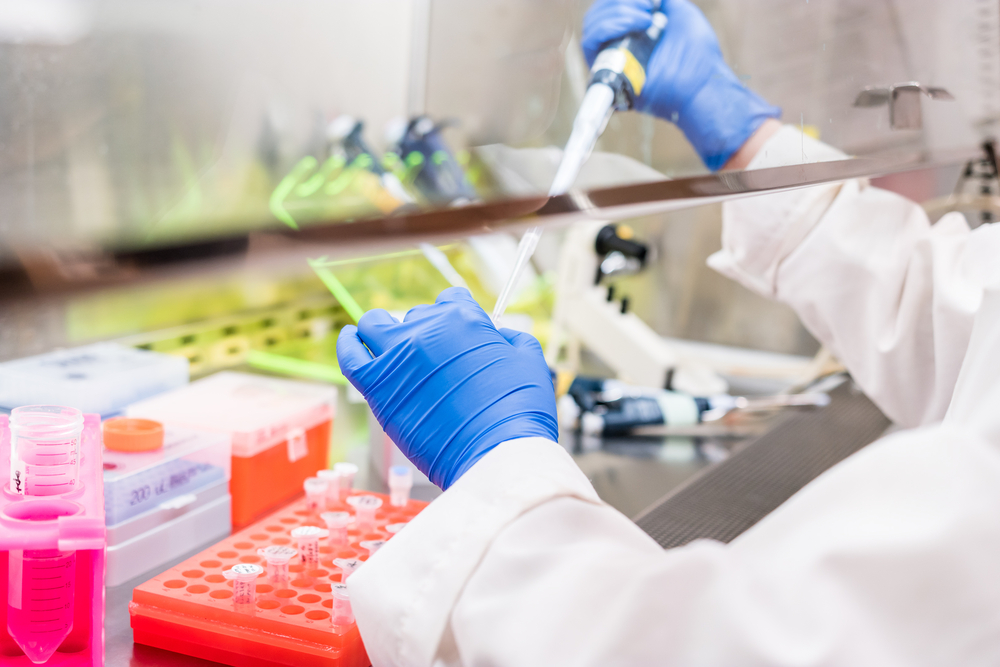In a scientific lab, mistakes can happen. Most people are well-intentioned and take precautions (such as equipment calibration and certification) to avoid them. However, even the most careful scientist may make a mistake sometimes. Fume hoods are an important piece of safety equipment in any laboratory because they remove fumes from experiments or other hazardous materials that might affect those nearby.
Operating fume hoods correctly is important for your workers’ safety. Therefore, it’s vital to know fume hood risks and how to avoid mistakes. Avoiding common fume hood mistakes will help eliminate hazardous fumes from entering the work environment.
Here are some fume hood safety tips you can implement in your workplace to eliminate fume hood risks:
1. Don’t Linger Too Close to the Fume Hood
When working on anything in the lab, it’s imperative to maintain a safe distance from the fume hood’s face. Additionally, it’s isn’t just about employees keeping a safe distance. Also, chemicals, tools, PPE and other essentials must be taken into consideration when applying this policy.
According to an Environmental Health & Safety briefing from Stony Brook University, all workers should maintain at least six inches between themselves and the project they’re handling. Furthermore, when selecting a location for your device, don’t choose a central area with high traffic.
2. Make Sure There’s No Airflow Blockages
Getting in the way of the fume hood’s airflow can severely affect its long-term performance. Blockages you’re unaware of could damage your fume hood more and more every day. This can result in downtime and the need for lab equipment repairs. Therefore, it’s critical to make sure there are no obstructions within your fume hood that affect its ability to remove hazardous agents from the lab.
In addition, if you’re checking for these kinds of problems, never place your face or body parts too close to the fume hood. According to the Occupational Safety & Health Administration (OSHA), no one should ever let their head enter the plane of the hood opening.
3. Be Prepared for Emergencies
Proper safety depends on more than technical expertise. In fact, education and awareness go a long way towards preventing mistakes. Ensuring every employee has Material Safety Data Sheets on hand, clear safety symbols, and the necessary emergency procedures are all important to lab safety.
If any employee notices chemical spills or malfunctioning lab equipment, they should always contact their immediate supervisor in order to address the issue right away. Fume hoods are a particularly hazardous device that personnel should deactivate at the very first sign of error.
4. Conduct Lab Training
In order to avoid equipment mistakes, knowing how to operate it is a good place to start. Also, OSHA’s Hazard Communication Standard gives employees the right to be informed about workplace hazards and to understand them.
Labs must ensure that any worker operating the equipment undergoes the right training. Preparing your workers so they can recognize and navigate risks isn’t just advisable, it’s also the law.
Conclusion – SEPS
Fume hoods are an integral part of many laboratories. They should be tested and certified at least once per year. The SEPS team has been providing fume hood and other lab equipment testing for decades. We know what it takes to maintain a safe laboratory environment for your employees.
If you need help with this or any other lab-related services, contact SEPS right away. We can come to your location in New York, Connecticut, New Jersey, Long Island and surrounding areas to test your fume hood using state of the art airflow monitoring equipment.
